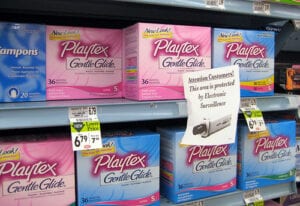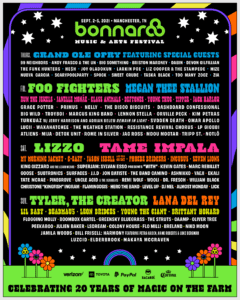The price of pink

Written by Taylor Moore
Women are the nurturers of the Earth who keep it growing and expanding. One would think that corporations would take it easy on them when it comes to pricing everyday products.
In the midst of recent women’s movements, feminists becoming vocal and silenced women coming into the limelight, several aspects of women’s lives have been recognized as unequal to that of men’s lives.
Walking into a store to buy everyday products as a woman costs more than what a man would have to pay. According to New York City Department of Consumer Affairs, women pay 13 percent more for personal care products, eight percent more for adult clothing and four percent more for children’s clothing.
There is a term for the cost of men and women’s products: it’s called a pink tax, which refers to the extra amount that women are charged for products or services.
One reason products tend to cost more for women is because “retailers see women as their biggest target,” said Ted Potrikus, the CEO of the Retail Council of New York State, in a USA Today article. This is evident in the stereotype that women have to always be physically beautiful as opposed to men.
Women are subject to more pressure to be beautiful and to purchase nothing but the best. This has been huge in propelling the pink tax forward.
According to Candice Elliott in an article for “Listen Money Matters,” men’s shirts cost an average of $2.86 compared to a price of $4.95 for women’s shirts.
Peter Blake, executive director of SEFA, or the Southeastern Fabric Association said that the reason women’s clothing costs more to dry clean than men’s clothing.
“Typically men’s shirts are pretty straight forward — they are anywhere from 14.5 inches to 17.5 inches neck size — and button down. They go on automate presses and you can do 50 of them an hour, maybe 70 an hour,” Blake said. “When you get to the blouses, because of the ornamentation or because of the size difference, they don’t have automated presses to do those, so those have to be done on different presses and it takes a lot more labor.”
The pink tax starts even as early as childhood. According to a study done by Boomerang Commerce, pink colored toys were the most expensive. For retailers like Target and Amazon, pink items cost two to 15 percent more than any other color.
All of this can be ironic when it’s widely known that women get paid less than men. Women are continued to be paid 78 cents to every man’s dollar. And the pay gets worse when women are divided into ethnicity groups.
Most researchers and feminists suggest buying men products to remedy the problem. But will this really bring justice to the real problem?
One tactic that could bring about change of prices within different companies is to make complaints and air it out with the brand’s customer service. This could urge companies to crack down on gender equality when it comes to their products.
From hair and hygiene products to children’s toys, there is a lot that can be done to ensure pink isn’t the priciest color on the shelves.
Featured image by Stocksnap, courtesy of Creative Commons
Edited by Taylor Owens



